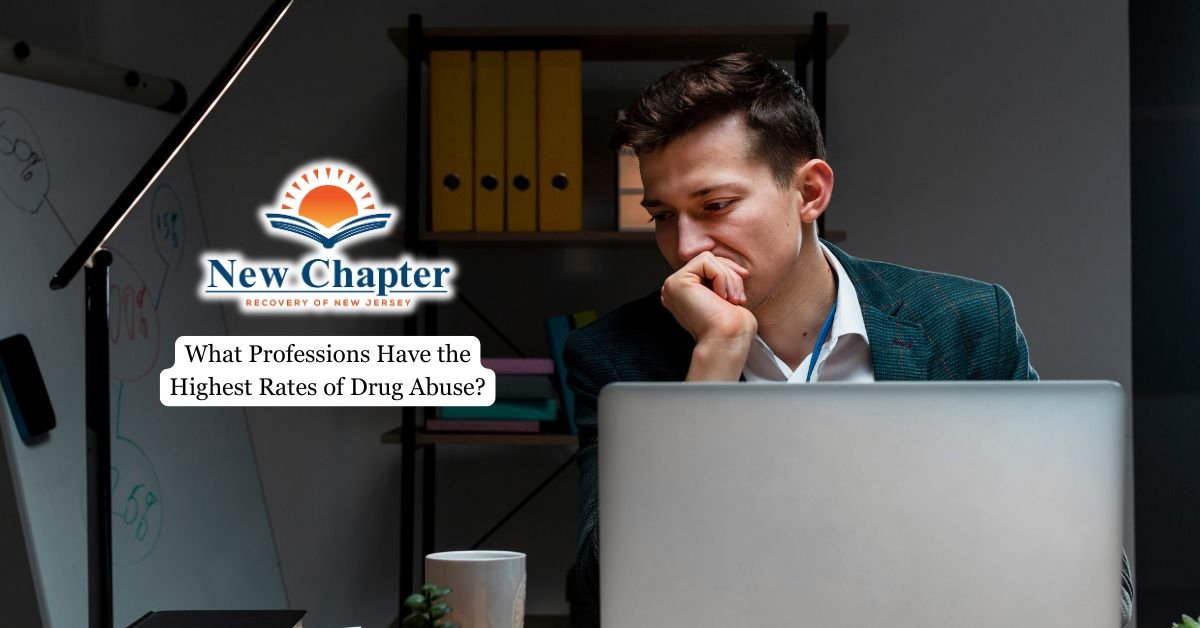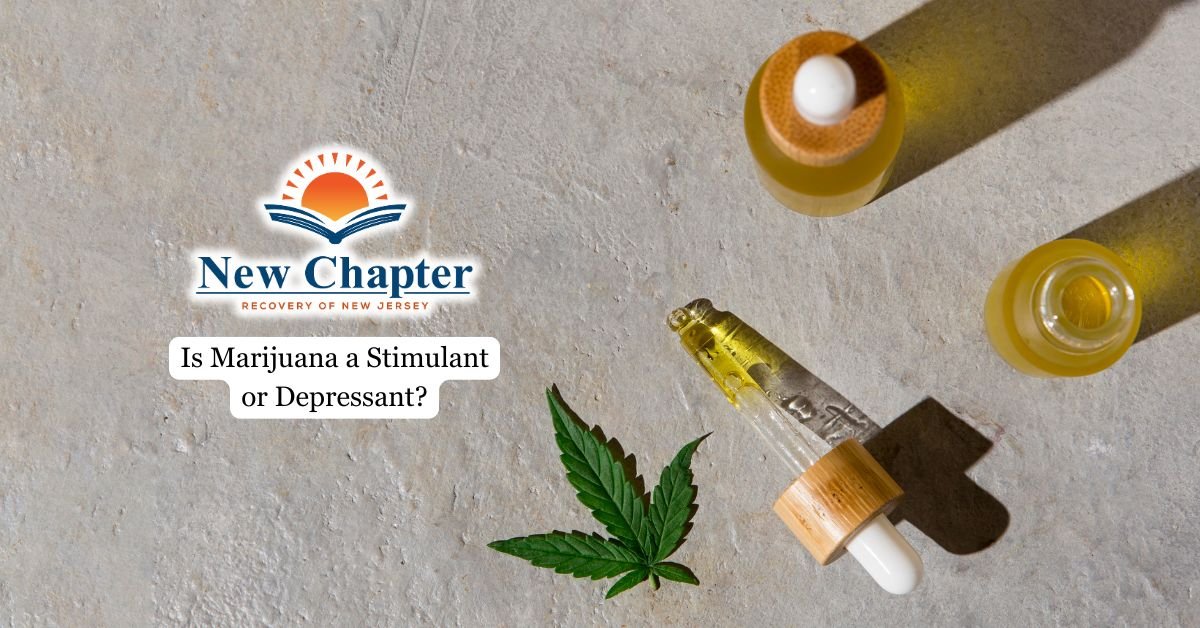Binge drinking is reported by 21.7% of adults in the United States, yet many confuse it with alcoholism. Understanding the difference is crucial for effective treatment and intervention. While both involve unhealthy alcohol use, they are distinct conditions. Binge drinking and alcoholism have different risk factors and symptoms and require varied treatment approaches.
This article clarifies these key distinctions, helping you to recognize problematic patterns and identify appropriate support options.

What Constitutes Binge Drinking
Binge drinking, as defined by the National Institute on Alcohol Abuse and Alcoholism (NIAAA), is a pattern of alcohol consumption that elevates blood alcohol concentration (BAC) to 0.08% or higher. This typically occurs when women consume four or more drinks or men consume five or more drinks within approximately two hours. This pattern is often episodic, occurring in social settings, with periods of normal use or abstinence in between. Binge drinking can lead to injuries, unsafe sexual behavior, and even death
Understanding Alcoholism as an Alcohol Use Disorder
Alcohol Use Disorder (AUD) is a chronic brain disorder marked by the inability to control alcohol consumption despite negative social, occupational, or health consequences.
Alcoholism exists on a severity spectrum—mild, moderate, or severe—determined by diagnostic criteria such as drinking more than intended, failed attempts to cut back, excessive time spent drinking or recovering, cravings, neglecting responsibilities, and continued use despite harm.
Unlike occasional binge drinking, AUD alters brain function, driving compulsive alcohol use that worsens over time and would ultimately require alcohol addiction treatment.
Key Behavioral Differences Between Binge Drinking and Alcoholism
Frequency vs. Dependency
Binge drinking occurs intermittently, often on weekends or special occasions, with periods of little to no alcohol use in between.
Alcoholism involves psychological and physical dependence, requiring frequent or daily drinking to prevent withdrawal. Over time, alcohol use shifts from choice to necessity.
Control Issues
Binge drinkers may lose control over how much they consume in a session but can typically decide when to drink.
Alcoholics struggle with control entirely, continuing to drink despite negative consequences and failed attempts to stop or moderate consumption.
Motivation Patterns
Binge drinking is often social or recreational, tied to celebrations or peer influence.
Alcoholics drink to avoid discomfort and use alcohol to cope with anxiety, depression, or trauma. Over time, drinking becomes more solitary and focused on maintaining stability rather than achieving pleasure.
Physical and Psychological Distinctions
Tolerance and Withdrawal
Binge drinkers may develop some tolerance but rarely experience withdrawal, as their bodies have time to recover between episodes.
Alcoholics build both tolerance and dependence, requiring more alcohol for the same effect. When they stop drinking, withdrawal symptoms—ranging from anxiety and tremors to seizures—can occur, often requiring medical intervention.
Health Consequences
Binge drinking poses immediate risks like alcohol poisoning, accidents, and impaired judgment.
Alcoholism adds long-term damage, affecting the liver, heart, brain, and immune system, increasing the risk of chronic diseases and life-threatening conditions.
Psychological Patterns
Binge drinking may cause short-term mood swings or memory lapses, but these effects typically fade.
Alcoholism leads to lasting brain changes, often causing chronic depression, anxiety, and obsessive thoughts about drinking, gradually replacing other interests and responsibilities.
Can Binge Drinking Lead to Alcoholism?
While not all binge drinkers develop alcoholism, regular binge drinking significantly increases the risk. Factors influencing this progression include genetic predisposition, co-occurring mental health conditions, early onset of drinking, and frequency of binges.
The transition often occurs gradually as the brain adapts to regular alcohol exposure. What begins as occasional heavy drinking can evolve into more frequent episodes, increasing tolerance and, eventually, dependency. This progression represents a spectrum of alcohol use rather than entirely separate conditions.
Warning Signs of Transition
Several indicators suggest binge drinking may be transitioning toward alcoholism. These include:
Increasing Frequency
When binge episodes become more frequent, occurring multiple times per week rather than occasionally, this often signals progression toward dependency.
Drinking Alone
A shift from social drinking to solitary consumption, especially in secret, often indicates a changing relationship with alcohol.
Morning Drinking
Needing alcohol early in the day to feel normal or to relieve hangover symptoms suggests physical dependency is developing.
Failed Attempts to Cut Back
Repeatedly trying and failing to reduce alcohol consumption or experiencing significant distress when unable to drink signals a loss of control.

Treatment Approaches
Effective treatment varies based on whether alcohol use is episodic or dependent.
Interventions for Binge Drinking
Binge drinkers without dependency often respond well to brief interventions, including screenings, assessments, and feedback from healthcare providers. Increased awareness of risks can help many reduce excessive drinking.
Behavioral strategies include setting consumption limits, alternating drinks with water, eating before drinking, and identifying personal triggers. These approaches focus on harm reduction rather than complete abstinence.
Treatment for Alcoholism
Alcoholism typically requires more intensive intervention. Detoxification is often the first step to safely manage withdrawal, which may require medical supervision due to potential complications.
Medication-Assisted Treatment
FDA-approved medications like naltrexone, acamprosate, and disulfiram help reduce cravings and support sobriety through different mechanisms.
Therapeutic Approaches
Cognitive Behavioral Therapy helps individuals recognize and change thought patterns that drive alcohol use. Group therapy provides peer support, while individual counseling addresses underlying emotional and psychological factors contributing to addiction.
Final Thoughts from New Chapter Recovery
At New Chapter Faith Recovery, we treat both physical dependence and underlying emotional factors through comprehensive outpatient programs. Our approach integrates evidence-based therapies with faith-based support to help individuals achieve lasting recovery. Whether you’re concerned about binge drinking or struggling with addiction, early intervention offers the best path forward.






